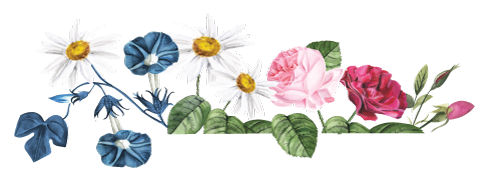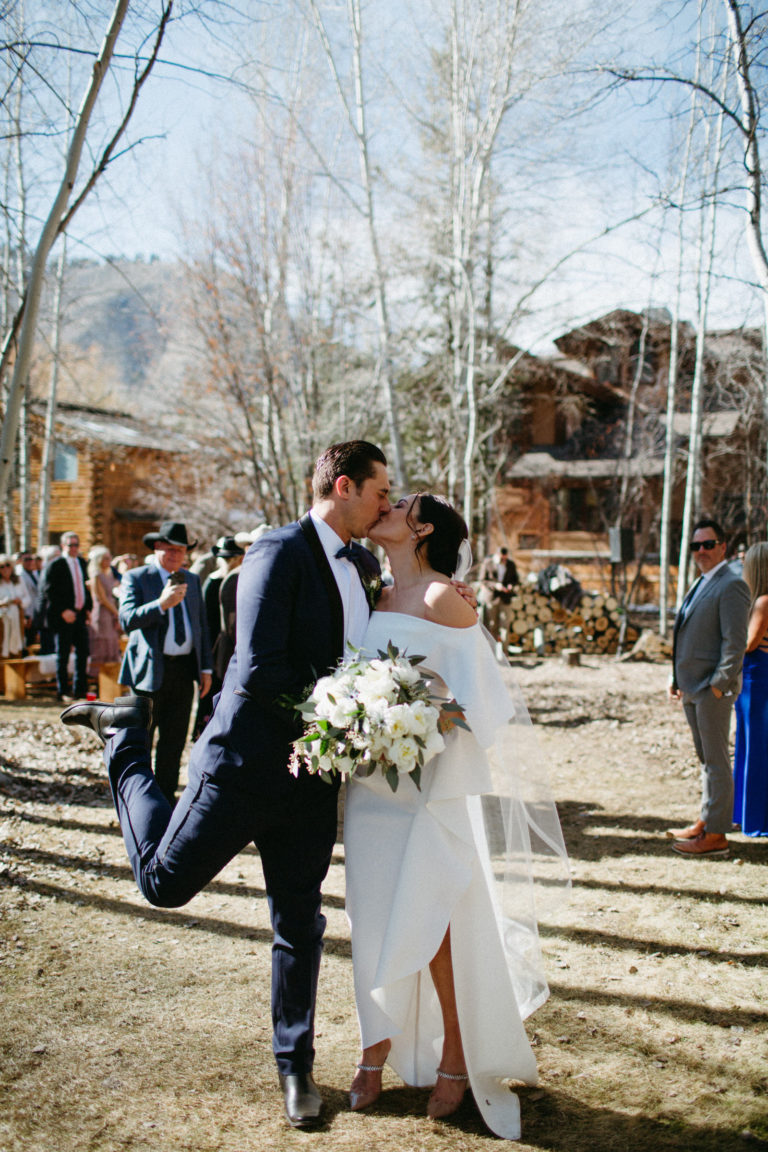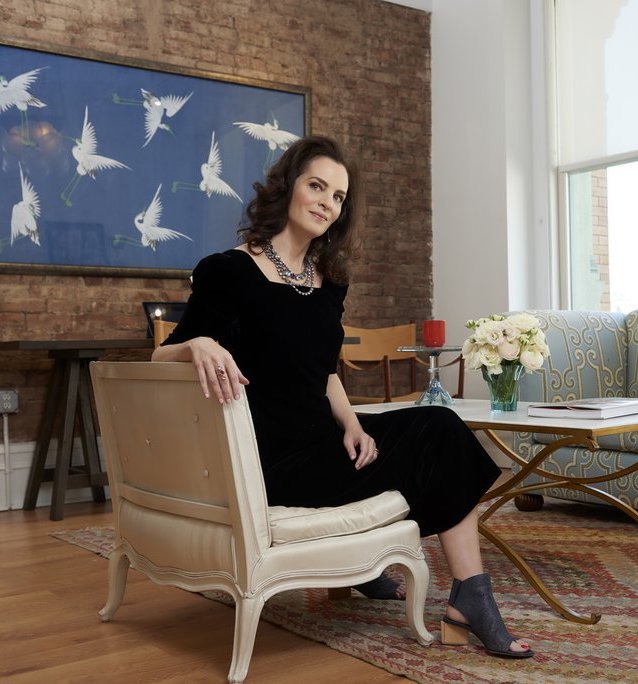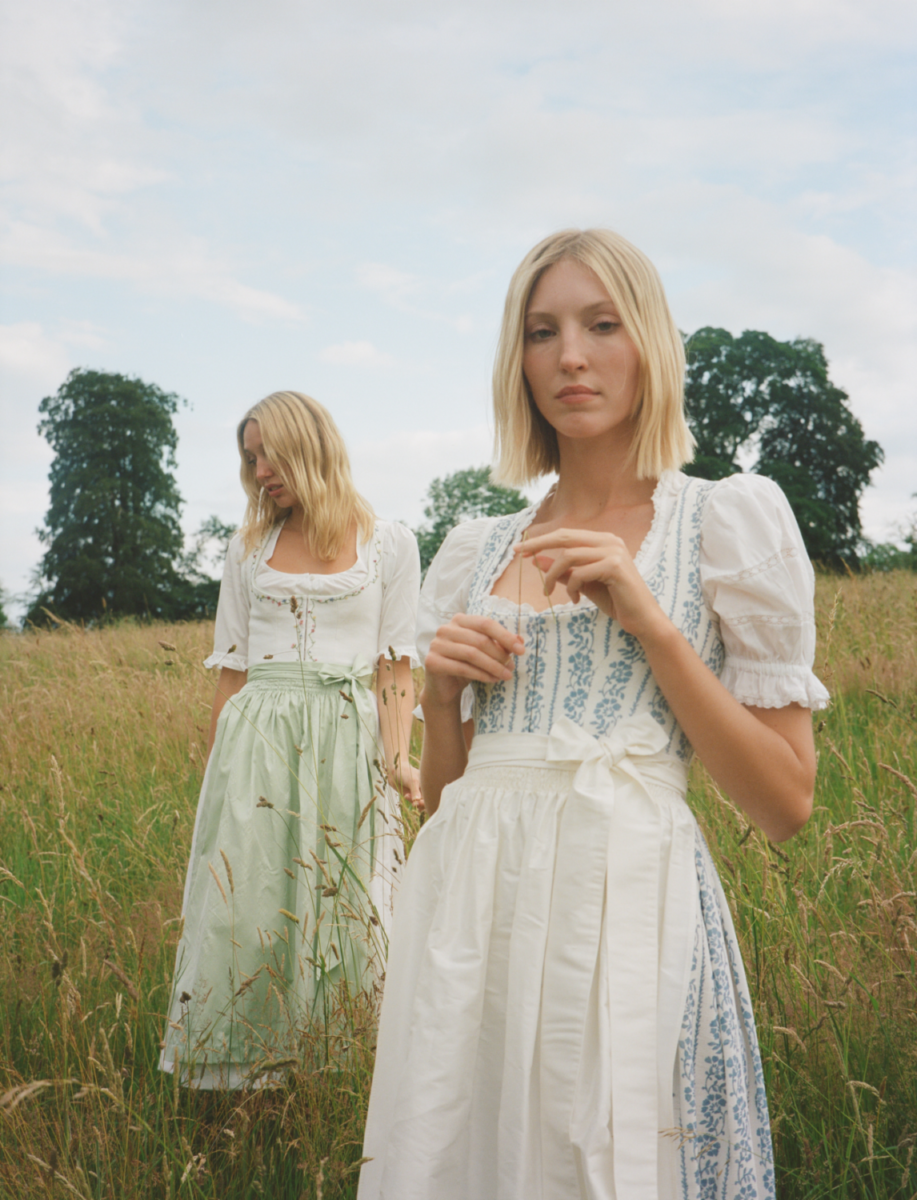
You may not know what a dirndl is by name, but odds are you’ve fawned over the dress, which originated in German-speaking areas of the Alps in the 16th-18th centuries. Today, we’re proud to launch Annina Dirndl, bringing modernized, elegant dirndls to wardrobes everywhere!
This collection was conceptualized for wedding season especially, so there are plenty of pastel colors and delicate prints on cream backgrounds. And founder Annina Pfuel specifically drew inspiration from 18-century fashion.
For the amazing editorial shoot, starring Olympia of Greece and Ella Richards, Annina and photographer Alexia Mavroleon referenced Sofia Coppola’s The Virgin Suicides and Marie Antoinette. “We wanted that sense of pure innocent beauty and at the same time rebellion that Coppola does creates so well,” Annina explains.
To fully get to know the brand highlighting Alpine fashion—and learn how to properly style a dirndl—we talked further with Annina on her design background, inspirations, and more:
How did you first get into fashion/design?
“Our family has been in textiles for many generations, so I guess it’s in my blood,” Annina begins. “I graduated from Parsons School of Design in New York and went straight into costume design. First, I assisted on movie sets and soon went into designing costumes for opera. I had the most fantastic time doing this—you get to travel and spend time with the most fascinating people. It’s a very mad world full of drama! And I learned so much about the history of costume and dressmaking itself. The workshops of the big opera houses rival any Parisian couturier.”
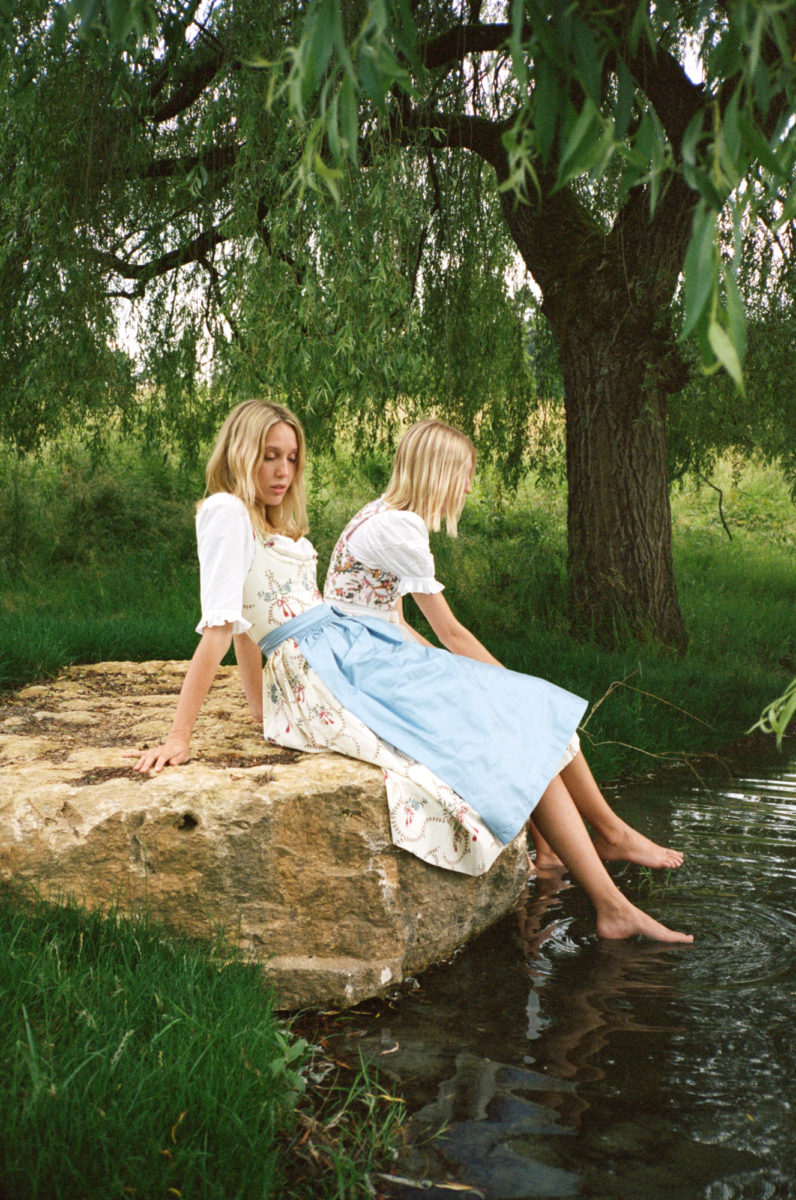
What inspired you to start Annina Dirndl? And what are your favorite design inspiration references?
“I loved growing up in Bavaria and feel very connected to the heritage, even though I don’t live there anymore. I love the Alpine folklore aesthetic, and there are so many beautiful traditions and customs in this area and traditional dress is a big part of it,” Annina explains. “We have been wearing dirndls to big holidays and festivities all our lives, so I have always had a large collection of dirndls—some were new, some were heirlooms, some I had bought vintage; you really collect them. My foreign friends would always come and borrow them for weddings or weekends in Austria or Bavaria. It got so out of hand, at one point, my apartment felt like a dirndl shop and that’s when a friend suggested I should do exactly that.”
For those unfamiliar with the dirndl, can you briefly explain its history and how and where they’re worn today?
“Essentially, a dirndl is the folk dress of the Alpine area,” Annina states. “The world literally means ‘girl’ in old German. In its basic form, it is a corset worn with a blouse underneath, a skirt, and an apron—so really like most European peasant costumes beginning in the mid-ages up to the 19th century. In the Alps, a fancier version of the dirndl became the folk dress that would be worn on Sunday to church or on big holidays. Later then in the 19th century, it became popular with the monarchs and aristocracy of Austria and Germany. Today, it would still be worn on special occasions such as religious holidays, weddings, [and] festivals such as Octoberfest. It is very much part of peoples’ lives in these areas. If you go to very rural areas you can see people walking around in dirndls and lederhosen on a daily basis.”

Do you have any styling tips for the dirndl?
“Never buy the short ones—nothing above the knee—nor the plastic ones that you get on these random sites online or at touristy shops,” Annina advises. “If you don’t want to spend too much, buy vintage on Etsy or eBay—the old ones are so beautiful. Shoes are important. Avoid stilettos. Heels are really only okay if you are going to an elegant evening, and even then, I would only do block heels. A lot of girls opt for espadrille wedges which I think can be really fun. Otherwise ballerinas are always a good choice. The apron’s bow is tied on either side of the front—tied on the right side means married, tied on the left means unmarried. [It] can be an interesting motivator for your partner to put a ring on it.”
And when asked to describe the Alpine aesthetic, Annina says, “Impossible!” and insists everyone come and see it for themselves. Booking our flights as we speak. But until then, shop Annina Dirndl for the ultimate Alpine look!









